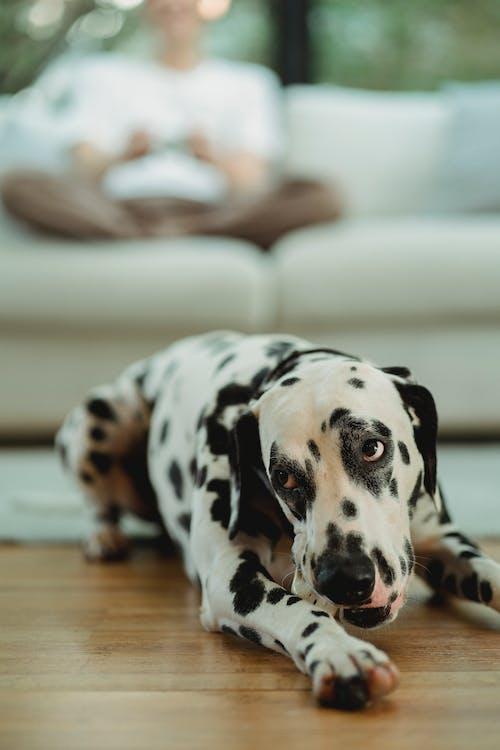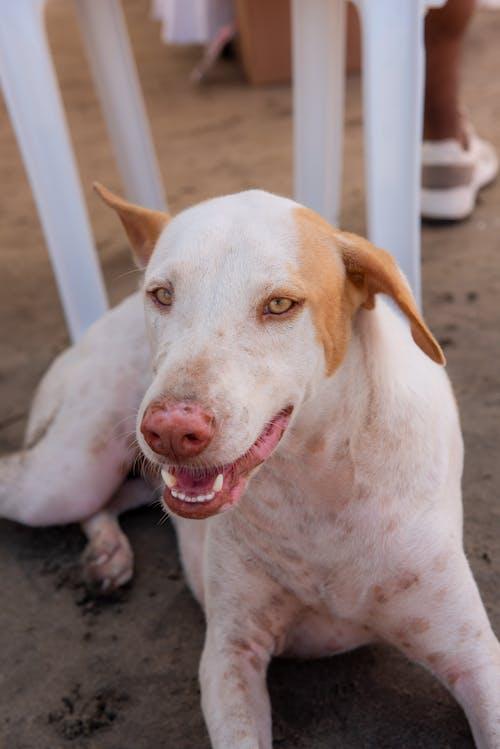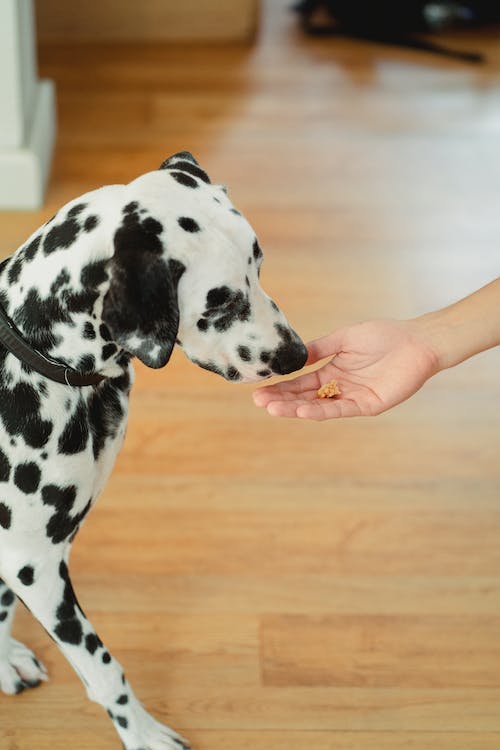Many dog owners have seen their dogs’ showing signs of jealousy. Professional dog trainers actually use jealousy as a training tool by removing unresponsive dogs during training and allow dogs to watch their handlers working with another dog. A lot of dog owners observe their dog’s display of jealousy when their owners interact with other dogs, family members or friends.
A Dog’s Jealous Behaviors May Include:
- Biting / Snapping
- Barking
- Growling
- Whining
- Getting between his owner and other objects
- Behavior towards an object or thing you’re interacting with
- Pushing extra attention from you
Behaviors that Really Need to Be Watched Include:
- Aggression. Any kind of biting to gain the attention over a person, pet or object is a bad sign.
- Accidents inside. Since our dog can’t talk to us, they express themselves through their physical actions. They know going to the potty inside is wrong, yet it will get your attention.
- Aggressive growling or howling.
Signs of Possessive Behavior
Your dog may be showing possessive behavior if they do the following:
- Growling
- Snapping
- Excessive whining
- Attacking another pet or person
Understanding a Protective Dog
If your dog is overly protective, it may be because that’s their natural instinct. This reaction may seem aggressive if your dog perceives you are in danger. Sometimes protective instincts can get confused with jealous or possessive behavior.
Your Dog is Protective if They Do the Following:
- Focuses on another animal, person, or situation
- Give their full attention to the scenario
- Calms down and backs down after no threat is found
The key difference between a protective dog and a possessive dog is the relaxing and backing down part of the equation. A possessive or jealous dog doesn’t typically back down, and his behavior remains consistent.

Changing Problematic Behavior
Be patient. First, you’ll need to use positive reinforcement and reward your dog when they act the way you want them to. If your dog comes in between you and another person, try ignoring them. If your dog keeps getting in the way, get up and move to another space. The ignoring and or not reacting to what they are doing will help your dog know their behavior is not working to get your attention.
The Three Main Tips
- Don’t verbally communicate with to them when they do this
- Don’t touch them or push them away
- Don’t make eye contact with them

Your Dog is Doing This to Get Your Attention.
By not showing them attention while they do this may deter them from continuing the behavior.To stop your dog’s jealous behavior early in life, consider trying the following ideas:
- Avoid showing too much attention to one pet over another.
- Train your dog to feel safe, secure, and relaxed in their crate.
- Make a separate feeding area for multiple animals. This way they are not competing for food.
- Reward your dog when they’re exhibiting good behavior.
We need to remember; our pups are living creates that have real emotions and feelings. Your pup loves you and wants your attention, similar to a child. It is important to always remain patient with your dog and train him using positive reinforcement. It is also crucial to begin training at a young age as puppies are more prone to learning while their brain is developing. Although older dogs are able to be trained, the process may take longer and be more challenging.



